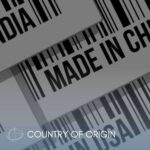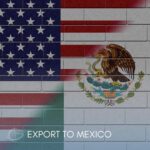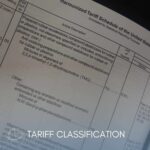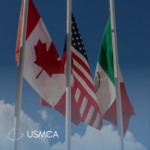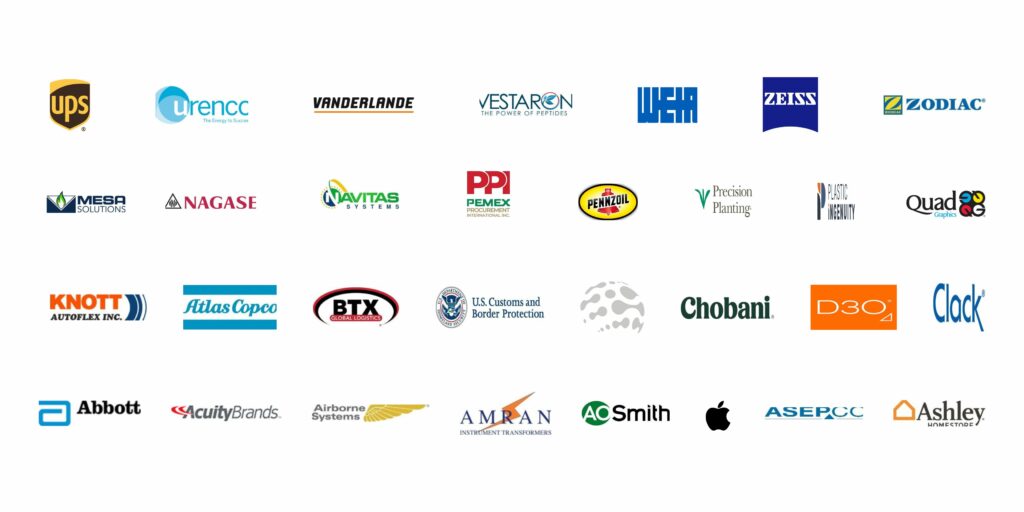Forced Labor Compliance
with emphasis on Supply Chain Tracing
In this comprehensive training course on forced labor supply chain tracing, participants will explore the historical evolution of regulations related to forced labor in supply chains, gaining contextual background and an understanding of the moral and ethical implications of forced labor. The course delves into the standardization, enforcement, and operational aspects of addressing forced labor, providing insights into industry challenges, risk tolerance, and best practices for compliance and supplier relationships. Participants will also explore the role of technology and tools in supply chain tracing, including a review of global regulations and a detailed case study on WRO/UFLPA. Throughout the course, interactive activities, discussions, and reflection will empower participants to apply their learning to real-world scenarios and professional contexts, fostering a comprehensive understanding of forced labor supply chain tracing.
Training + Workshop
$595
Price is per person
One 15-minute break
Webinars: 9:00 am-3:30pm CT
All Webinars require a Webcam
Scheduled Dates
Image | Details |
|---|---|
This Forced Labor with emphasis on Supply Chain Tracing course… $595.00 | |
This Forced Labor with emphasis on Supply Chain Tracing course… $595.00 |
Learn more about our course
How many forced labourers exist around the world? Nearly 21 million
What is considered forced labor? According to the International Labour Organization (ILO) forced labor is defined as all work or service which is extracted from any person under the threat of a penalty and for which the person has not offered him/herself voluntarily.
What is percentage of male versus female trapped in forced labor? 55% of victims are women and girls and 45% are men and boys
While forced labor is a global issue what regions have the highest prevalence? The first is central and southeastern Europe followed by Africa, then the Middle East, Asia Pacific, Latin America and the Caribbean and finally developing economies of EU. Note statistics are impacted by population while Asia has numerous reports of state-imposed forced labor, south-eastern Europe holds the number one spot due to less population.
Who are the Victims of forced labor? According to new studies women and girls are slightly more at risk then men and boys
What are the unpaid wages related to forced labor? The ILO estimates that unpaid wages are at least 21 billion
To read entire Policy, click here
Your Expert Instructors

Renee Chiuchiarelli

Eric Hargraves

Shawn Harwood




